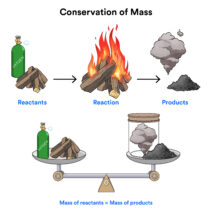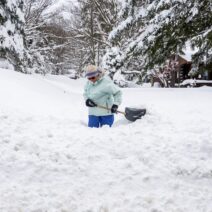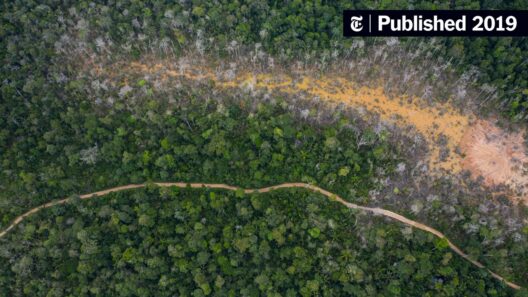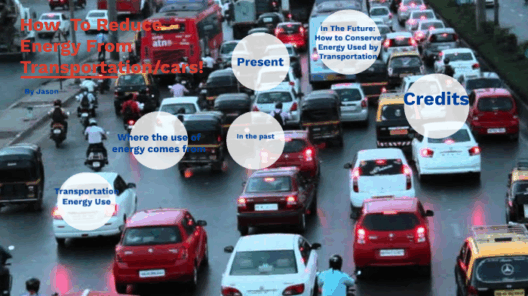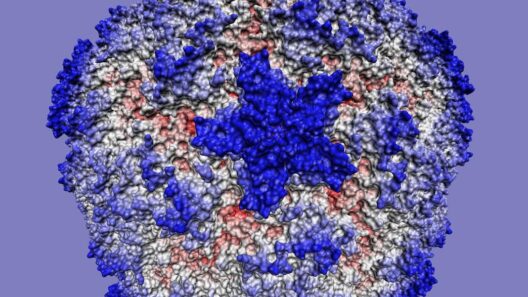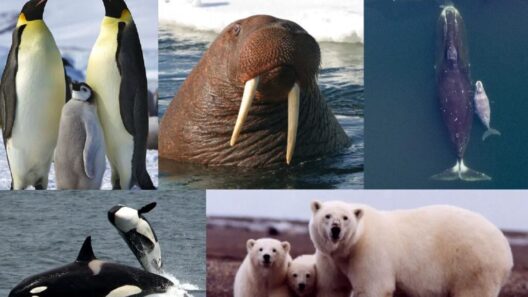Global warming, an ongoing crisis often dismissed as distant future concerns, has tangible effects that are now unmistakably evident in our daily lives. One significant aspect of this climate emergency is the ‘wobble’ of the jet stream, an atmospheric river that dictates weather patterns across the globe. Once a relatively stable, high-altitude current, the jet stream is now increasingly erratic, leading to profound implications for weather volatility, ecological balance, and human habitation.
The jet stream is essentially a fast-flowing ribbon of air located in the upper troposphere, typically between 6 to 12 miles above the Earth’s surface. This phenomenon is largely driven by temperature differences between polar and equatorial regions. Global warming, however, disrupts these temperature gradients, causing the jet stream to lose its former stability and directionality. When the jet stream wobbles, it can result in prolonged weather patterns that can either bake or freeze entire regions.
One of the most noticeable impacts of a shifting jet stream is extreme weather. Take the summer of 2021, for instance, when North America experienced unprecedented heatwaves, while Europe faced catastrophic flooding. These anomalies can be tied to the increased persistence of high-pressure systems, which become entrenched when the jet stream stalls. This phenomenon, known as “blocking,” creates conditions that allow weather systems to linger over an area, resulting in droughts or excessive rainfall, depending on local geography.
Additionally, the sensitivity of the jet stream to small temperature changes means that even minor fluctuations can lead to significant disruptions. Anomalously warm Arctic temperatures, as a result of climate change, can weaken the polar vortex—an atmospheric phenomenon that traditionally keeps cold air confined to the Arctic region. When this occurs, Arctic air can plunge southwards, causing frigid temperatures and snowfall in areas that typically enjoy mild winters.
The ecological ramifications of this wobble are concerning. Biodiversity is at stake as flora and fauna struggle to adapt to rapidly changing conditions. Many species rely on specific climate conditions for breeding, migration, and resource availability. For instance, songbirds that have evolved to follow seasonal cues based on stable weather patterns are finding their breeding cycles mismatched with the availability of food sources. This disruption can lead to population declines or even extinctions.
In coastal areas, the influence of a jolted jet stream can amplify the effects of climate change. Rising sea levels, coupled with erratic storm patterns fueled by a destabilized atmosphere, contribute to increased flooding and erosion. For communities that depend on the ocean for their livelihood, these changes may mean devastation. Fisheries can be affected as fish populations migrate in response to temperature shifts. This, in turn, complicates the fishing industry, impacting food security and local economies.
Beyond the weather and ecosystem changes, the wobble of the jet stream poses significant health risks. Extended periods of heat can trigger heat-related illnesses. Vulnerable populations—such as the elderly, children, and those with pre-existing health conditions—bear the brunt of these extreme weather events. Moreover, flooding can lead to waterborne illnesses, while prolonged drought can diminish air quality. This intersection of climate and health catalyzes complex challenges for public health systems worldwide.
Poverty and inequality exacerbate these issues. Marginalized communities often lack the resources to prepare for and respond to climate-induced disasters. Blighted by insufficient infrastructure and limited access to healthcare, these populations are disproportionately affected, revealing a stark reality of climate injustice. As the jet stream continues to wobble, it is crucial to advocate for policies that address the systemic inequities tied to climate change.
Mitigating the effects of a wobbly jet stream requires a multifaceted approach. A cornerstone of this strategy involves reducing greenhouse gas emissions. Transitioning to renewable energy sources—such as solar, wind, and hydropower—can help steer the planet away from catastrophic warming. Additionally, enhancing energy efficiency in homes, industries, and transportation can make significant strides toward lowering our carbon footprint.
Alongside mitigation, adaptation measures are equally vital. Communities must develop resilient infrastructures to withstand the intensified weather patterns associated with the jet stream’s instability. This includes investing in green spaces that can absorb floodwaters, enhancing drainage systems to manage excessive rainfall, and implementing heat adaptation strategies in urban areas.
Moreover, building public awareness about the implications of the wobble is essential. Education can empower individuals and communities to make informed decisions about sustainability practices. Citizen engagement in local environmental initiatives can catalyze broader systemic change. By working collectively, it becomes possible to advocate for legislation that demands stricter emissions regulations and funding for climate resilience projects.
As the planet continues to warm, it is critical to understand the ramifications of a wobbling jet stream on our weather patterns and beyond. The urgency for action is palpable; the interconnectedness of our climate system necessitates an immediate response. The time to act is not in the distant future—it is now. The health of our planet and future generations hinges on the steps we take today to address the looming dangers posed by climate change.
